
Shepherd's pie is the sort of meal than any busy cook appreciates. It can be made up in advance and stored in the refrigerator or freezer, needing only to be finished in the oven. It's a basic meat-and-potatoes dish, a quick and comforting meal that's also economical. It requires only a few basic ingredients, cooked briefly and assembled with a cup or two of gravy. You can thicken the gravy with either cornstarch or flour, as you prefer.
Shepherd's Pie Basics
Shepherd's pie is a very simple casserole. The basic layer is ground or minced beef cooked in gravy, usually topped with mixed vegetables and then a thick layer of mashed potatoes to form the upper crust. The dish is ready to eat when the potatoes are richly golden on top and the mixture of meat and gravy is hot and bubbling. English cookbooks often specify minced lamb or mutton as the meat, hence the term "shepherd's pie," calling the beef version a "cottage pie." That distinction isn't made in the United States, where the lamb version is rarely seen.
Flour for the Gravy
Many cooks prefer flour as the thickener for their meat and gravy mixture. If you're using ordinary all-purpose flour, it requires 10 to 15 minutes of simmering to reach its full thickness. At that stage it might still taste a bit "floury," but that will go away as the shepherd's pie bakes in your oven. Quick-mixing "instant" or "gravy" flour works more quickly, thickening the mixture in just a minute or two. Either type of flour produces a hearty, opaque homestyle gravy that's rich and filling.
Cornstarch for the Gravy
If you prefer a gravy with a lighter, clearer consistency, cornstarch might be a better option. It's a much more powerful thickener, with 1 tablespoon of cornstarch replacing up to 4 tablespoons of flour. Like quick-mixing flour, it thickens almost immediately at simmering temperatures, so you don't have to hover anxiously over your pot to see if you've added enough. Cornstarch gravies remain translucent, rather than becoming opaque like flour gravies. It's a lighter sauce, less stodgy than a flour gravy. It also enables celiacs or other gluten-intolerant diners to appreciate your shepherd's pie.
Alternative Starches
Although flour and cornstarch are the most common thickeners for shepherd's pie and other gravy-type sauces, there are a number of other alternatives. In Europe, potato starch is often used. Flavored and colored commercial versions are available for beef and chicken gravy, or plain starch can be used in the same way as flour. Like flour, potato starch produces a hearty, opaque texture. Arrowroot and rice starch are less common options, but if you need to avoid flour and corn because of allergies, either one will thicken your gravy in much the same way as cornstarch.
Related Articles
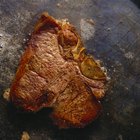
Do You Need Flour When Frying a Steak?

How to Make Homemade Gravy With a Roux ...

Adding Corn Starch to a Pot Roast
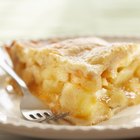
What Can I Substitute for Cornstarch?
Tasty Chicken Pot Pie Casserole Recipe

Can You Use Matzo Flour to Thicken ...

How to Thicken Cream Filling
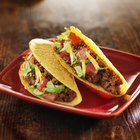
Calories in Hard Taco Shells

What Is Indian Flat Bread Called?
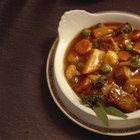
Complimentary Foods for Beef Bourguignon

How to Make French Sauce With Roux of ...

The History of Chicken & Dumplings
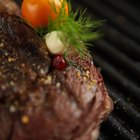
What Is a Chateau Cut?

How to Substitute Cornstarch for ...

List of Cuban Foods

Can Chuck Roast Be Used for Stew?
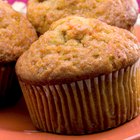
Substitute for Manioc Starch

Substitutes for Garbanzo Bean Flour
How to Make Chicken Pot Pie With Puff ...
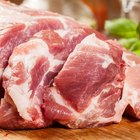
How to Make Asado Chinese Style
References
- On Food and Cooking: The Science and Lore of the Kitchen; Harold McGee
- The Cook's Thesaurus: Starch Thickeners
Writer Bio
Fred Decker is a trained chef and prolific freelance writer. In previous careers, he sold insurance and mutual funds, and was a longtime retailer. He was educated at Memorial University of Newfoundland and the Northern Alberta Institute of Technology. His articles have appeared on numerous home and garden sites including GoneOutdoors, TheNest and eHow.
Photo Credits
Jupiterimages/Comstock/Getty Images